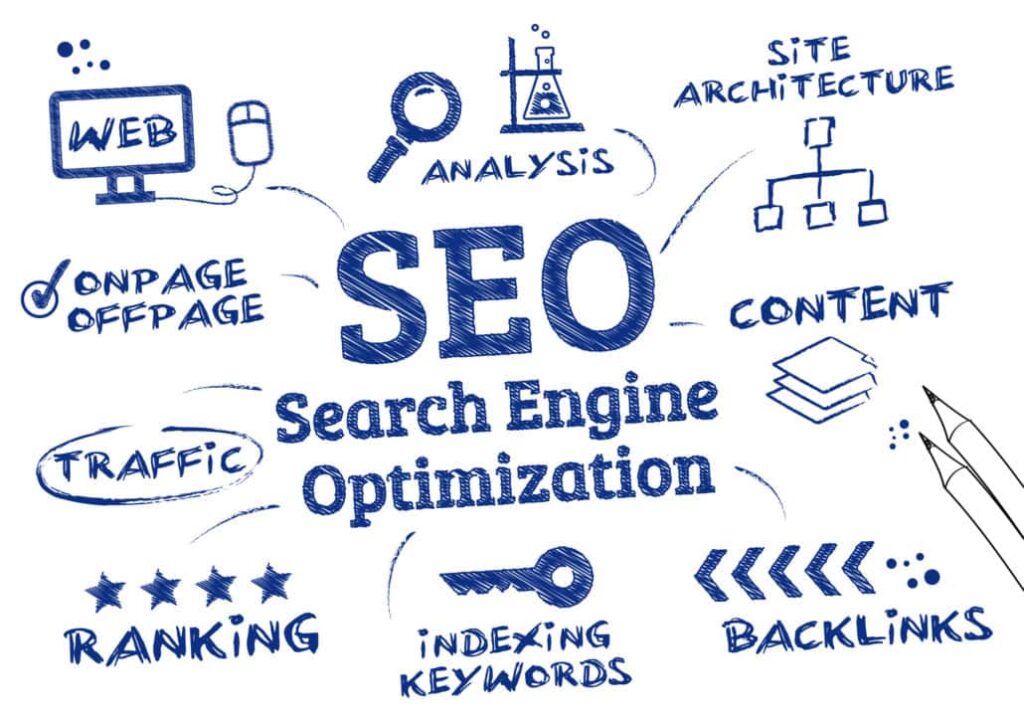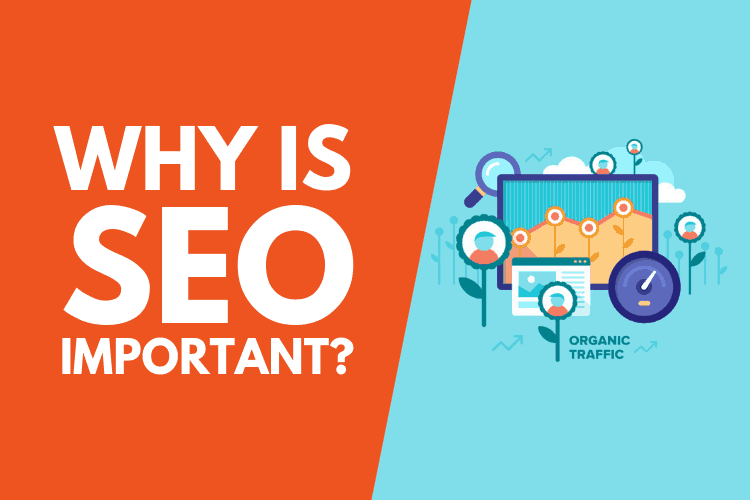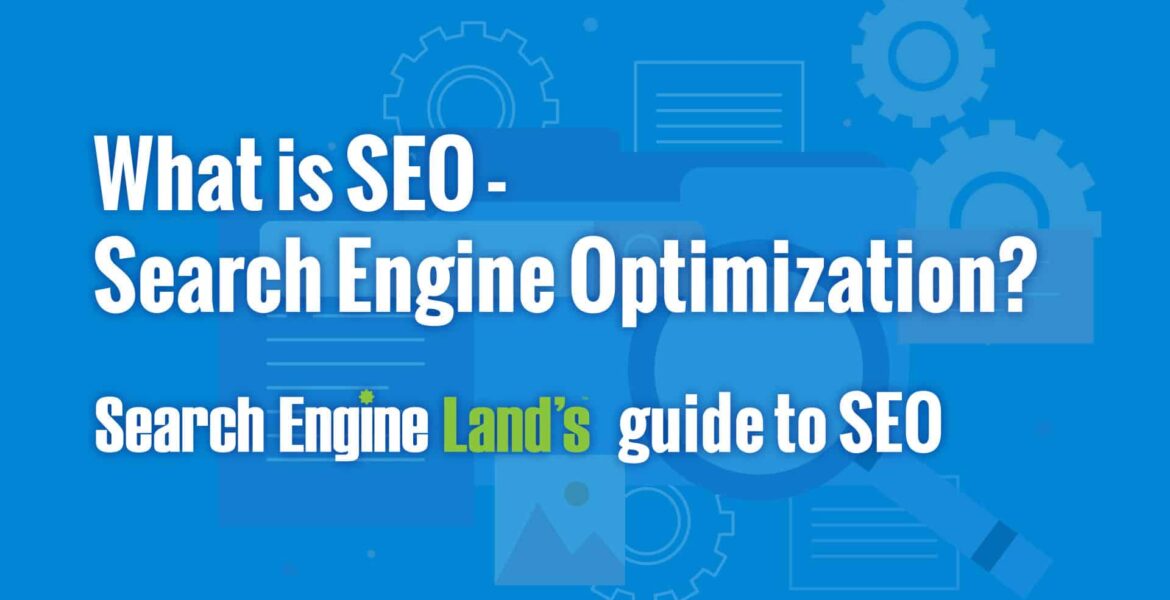How to Do SEO for Beginners
November 5, 2024 2024-11-05 7:32How to Do SEO for Beginners
How to Do SEO for Beginners This is the complete guide to SEO for beginners. We’ve made it easy to understand the SEO basics. And start building a strategy that boosts your website traffic.
How to Do SEO for Beginners
Understanding the process can feel overwhelming for beginners diving into SEO (Search Engine Optimization), but taking it step-by-step makes it achievable. SEO is all about optimizing your website to improve its ranking on search engines like Google, allowing you to attract organic traffic without paying for ads. First, get familiar with key SEO concepts such as keywords, backlinks, and on-page and off-page optimization. Understanding these terms will help you get started with confidence.
A crucial first step in SEO is keyword research. This involves finding the right words or phrases (keywords) for which your target audience is searching. Tools like Google Keyword Planner or Ubersuggest can help identify popular terms relevant to your niche. Start with primary keywords and consider focusing on long-tail keywords (more specific, less competitive phrases) to attract targeted traffic.

Once you have a list of keywords, you’ll incorporate them into your website’s content. This is part of on-page SEO, where you optimize title tags, meta descriptions, and header tags with relevant keywords. Place your keywords naturally within the content, ensuring readability and a smooth flow. Images should also be optimized by compressing them to improve site speed and using descriptive ALT tags to make them accessible to search engines.
Content creation is central to successful SEO. Aim to produce high-quality, applicable content that addresses the requirements and questions of your followership. Focus on “ stoner intent ” — this means delivering the content that druggies want when they search for your keywords. Content should be instructional and different, including blogs, videos, infographics, and more, to engage your followership. Regularly streamlining your content also signals to search machines that your point remains applicable.
What Is SEO?
Search Machine Optimization, generally known as SEO, is the process of enhancing a website’s visibility on hunt machines like Google, Bing, and Yahoo. By optimizing specific rudiments of a website, SEO helps a point rank advanced in hunSearch Machine Optimization, generally known as SEO, t machine results runners( SERPs), driving further organic, overdue business.
At its core, SEO is about understanding what people search for, the keywords they use, and the type of content they find precious. With SEO, businesses can ensure that their point appears in front of the right followership at the right time, making it a critical element of digital marketing.

SEO can be broken down into several crucial areas, including on-runner SEO, off-runner SEO, and specialized SEO. On-runner SEO involves optimizing rudiments within the website, like content, title markers, meta descriptions, and heads, to make them search-friendly and applicable to stoner queries.
Off-runner SEO focuses on conditioning outside the website to make authority and credibility, primarily through backlinks from estimable spots and social media mentions. Specialized SEO ensures the point is accessible, secure, presto, and stoner-friendly, which enhances the stoner experience and makes it easier for hunt machines to bottleneck and indicate the point’s content.
Why Is SEO Important?
SEO is the practice of improving a website’s visibility in search engine results pages, which helps attract organic (unpaid) traffic from people actively searching for products, services, or information. But why exactly is SEO so important, and what makes it an essential part of any digital marketing strategy?
One of the primary reasons SEO is important is that it enhances online visibility and traffic. When a website ranks highly on search engines like Google, it’s more likely to be noticed by potential customers. The higher your site ranks, the more people will see it, increasing the likelihood of clicks and, ultimately, conversions. Unlike paid advertising, organic traffic generated by SEO is long-lasting and doesn’t require ongoing ad spending to maintain visibility. This helps businesses establish a sustainable flow of potential customers over time.

Another vital aspect of SEO is its role in building credibility and trust. People tend to trust search engines, and ranking at the top of search results signals that your website is a credible source of information, products, or services. Effective SEO strategies—such as optimizing for relevant keywords, improving page load speed, and earning quality backlinks—demonstrate to search engines and users that your website provides valuable content and a good user experience.
SEO also ensures that a website is aligned with user intent, meaning it answers the specific questions and needs of its audience. SEO for Beginners Through keyword research, businesses can better understand what their target audience is searching for and create content that addresses those needs.
When a website provides high-quality, relevant information, users are more likely to engage with it, which can increase the chances of conversions. This focus on user experience not only helps SEO rankings but also strengthens customer relationships and increases satisfaction.
Google Search Console
Google Search Console (GSC) is a free, invaluable tool from Google that helps website owners monitor, maintain, and improve their site’s presence in Google Search results. For anyone invested in SEO, understanding how to use Google Search Console can make a significant difference in achieving better rankings and growing organic traffic. Here’s what GSC offers and how it can boost your SEO efforts.
First and foremost, Google Search Console provides detailed insights into your site’s search performance. The Performance report shows crucial metrics like total clicks, impressions, click-through rate (CTR), and average position for each keyword or page.
By identifying top-performing keywords, you can tailor content around those themes, or spot new opportunities for content improvement.

One of the key benefits of GSC is its indexing and coverage reports. Google relies on its indexing system to “read” and organize content so it can display it in search results. The Coverage report in GSC alerts you to any indexing issues, such as pages that can’t be crawled due to server errors, “no index” tags, or redirects.
By regularly checking these reports, you ensure Google can properly access and understand your content, which is essential for SEO success. Additionally, the URL Inspection tool lets you check individual pages to see if they’re indexed and if any issues are affecting their search performance.
Google Search Console also provides critical mobile usability data. With more people browsing on mobile, having a mobile-friendly site is a ranking factor.
Keyword Research
Keyword research is one of the most critical aspects of SEO, forming the foundation of a successful strategy by helping websites attract relevant traffic from search engines. It involves identifying the search terms, phrases, and questions that potential customers are using to find information related to a business, product, or service.
The first step in keyword research is understanding your target audience. Knowing who your customers are, what they’re searching for, and how they express their needs can provide valuable insights. Start by brainstorming a list of topics relevant to your business and then refine this list by using keyword research tools. Tools like Google Keyword Planner, Ahrefs, or SEMrush allow you to enter seed keywords and generate related terms, as well as see important metrics like search volume and competition level. These metrics help prioritize keywords based on their potential to attract traffic and the likelihood of ranking successfully.

When selecting keywords, it’s crucial to consider both short-tail and long-tail keywords. Short-tail keywords are broad, high-volume terms, such as “running shoes,” that are highly competitive and often more challenging to rank for. Long-tail keywords, on the other hand, are more specific phrases, like “best-running shoes for flat feet,” that tend to have lower search volume but are easier to rank for and more likely to attract users with clear purchasing intent. For many beginners in SEO, focusing on long-tail keywords can be an effective way to attract targeted traffic without directly competing with larger sites.
Keyword research also allows you to understand user intent, which is essential for creating relevant and valuable content. There are different types of intent—informational, navigational, and transactional. For example, a keyword like “how to clean running shoes” suggests informational intent, meaning users are looking for a guide.








